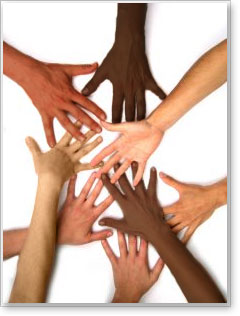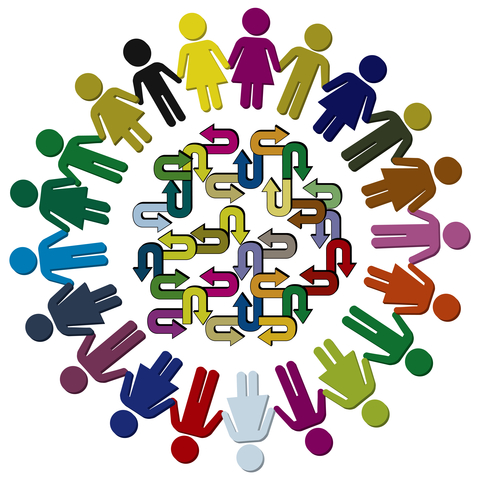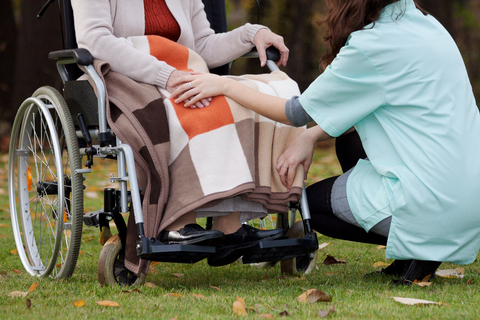Elements of Professionalism
Professionalism includes the demonstration of behaviors that promote an atmosphere of confidence, respect and trust between clients, stakeholders and community through practices that are ethical and confidential. The following elements of professional behaviour need to be explored to initiate an understanding of the concept.
Attitude
A positive attitude and enthusiastic interpersonal communications must be upheld at all times toward your profession, clients and the community.
A successful professional will remain optimistic regardless of challenges that occur.
They must at all times:
- Demonstrate positive interpersonal communication techniques
- Show enthusiasm
- Foster independence
- Be respectful, responsible and fair
- Maintain effective and cooperative relationships
Initiative
If you see a need, take the initiative. Professionals demonstrate initiative by being willing to take the first step in addressing issues and by making decisions that are in the best interest of all involved.

ID 84731741 (c) Dan Ross | Dreamstime.com
Confidentiality
Confidentiality is the appropriate use of information. As a professional you may have access to personal information about others. As a professional you have legal obligations as to what you can and cannot disclose. In certain situations it would be wrong to disclose information; whereas, in other situations it would be wrong to withhold information. Confidentiality is one of the most difficult aspects of professional behavior because of the need to assure the privacy of clients while meeting the responsibilities to assure their safety.
Working Relationship with Others
Human beings are not born with the innate ability to be effective, assertive communicators. To become competent in their workplace relationships professionals must learn and practice positive interpersonal communication skills.
The professional is a member of a team and therefore, always:
- Participates cooperatively with co-workers and other stakeholders
- Demonstrates effective communication skills
- Shares relevant information in reports, interdisciplinary team meetings and case conferences
- Uses established communication systems with employers and other stakeholders

Communication and Conflict Resolution
Communication and conflict resolution are similar and interdependent. The professional must have excellent communication skills in order to be effective in conflict resolution and these skills are crucial to the sector.

ID 130779376 (c) Microvone | Dreamstime.com
Health and Safety Issues
Positive communications between professionals and clients contribute to a healthy and safe environment. When professionals use positive, proactive measures to build a positive safe working relationship everyone benefits. Professionals must be knowledgeable about the policies and procedures of the workplace and they must have the skills required to meet the needs of the client.
Respect
As a member of a professional team, professionals must always treat others in their workplace respectfully and embrace diversity. Demonstrating respect for others encourages being treated with respect in return.

ID 117506680 (c) Sangoiri | Dreamstime.com
Responsibility
Professionals are responsible for their own behaviour. It is expected that they will demonstrate professional behaviour at all times. It is the responsibility of professionals to take the initiative to ensure they are knowledgeable of the policies and procedures mandated by the employer.
Compassion
The professional always meets the needs of the client in a relationship that demonstrates compassion. Compassion does not mean accepting less than someone's best. It does mean, however, knowing that others have needs. Compassion necessitates following through to meet those needs with caring and kindness.

ID 38170914 (c) Katarzyna Bialasiewicz | Dreamstime.com
Dress and Appearance
Your appearance and the way you present yourself says a lot about who you are and how you feel about yourself. Professionals must consider the message they want to send to clients, co-workers, employers and the community. As a role model the professional must be neat and tidy in appearance at all times. There is appropriate attire for all places of employment and it is the responsibility of the professional to determine the appropriate attire for the work situation. For example, if you were employed at a construction site, the appropriate attire and safety gear would be required. Wearing clothing appropriate for a formal dinner or wedding or mini-skirts would be inappropriate for an office or helping profession. The appropriate dress and appearance standards for a professional will be determined by your employer - so be proactive and ascertain these requirements in advance. You must be neat and tidy in appearance at all times. You must also be dressed so that you are able to fulfill your role comfortably and efficiently. If you are responsible for health and safety issues or medical interventions then ensure that your dress is appropriate.
